"The important point is that since the origin of life belongs in the category of at least once phenomena, time is on its side. However improbable we regard this event, or any of the steps which it involves, given enough time it will almost certainly happen at-least-once. And for life as we know it, with its capacity for growth and reproduction, once may be enough." -George Wald
That there's an amazing story of life's evolution on Earth is a scientific certainty. The evidence is encoded in the nucleic acid sequences of every living organism ever discovered, and the history of life on this world is traceable back for literally billions of years.
But the origin of the very first organism that could be called "alive" is very much still an open scientific question. Was the first living creature on Earth created on Earth? Was the material that it came from present on Earth since our planet's formation, or was it carried here during our planet's early bombardment by asteroids, comets and protoplanets? Or, did it perhaps originate elsewhere, on one of those spaceborne projectiles, and then seeded life on Earth?
Based on what we know about planetary and star formation, all of these are possible.
Here's why we think so.
Above is a multi-wavelength, composite view of the Milky Way's center. It's a region rife with the births and deaths of stars, very rich in the heavy elements that wind up forming planets and solar systems like our own.
But we don't just find the elements by themselves, in isolation in these parts. They come -- in interstellar space -- assembled into what we traditionally think of as complex, organic molecules.
Known as polycyclic aromatic hydrocarbons, they give the image above its eerie, greenish, misty glow, and are revealed in great detail spectroscopically. (And it's not really green; this is a false coloring of infrared wavelengths.) But these and other complex organic molecules, including amino acids, sugars, and ethyl formate (the compound that makes raspberries smell the way they do) are found in great abundance in interstellar space.
When the Earth formed out of our Solar System's protoplanetary disk, it's very likely that these elements, molecules and compounds existed in all of these locations: on Earth, on asteroids and comets, and on the proto-planetesimals that assembled into all of our Solar System's planets.
Now, the way things have gone in our Solar System, we know they have, in fact, given rise to complex life in our particular instance. There's evidence of that all around us, including in you, yourself.
But the unanswered question is what started it all, and where did that come from?
We've now got a huge, observed collection of stars with worlds around them, some of which have multiple planets, many of which have been around for long enough that -- if they have worlds within what we consider their "habitable zone" -- could have complex life as well.
An open question is whether asteroids can help or harm worlds in their efforts to evolve complex life. On the one hand, getting struck by asteroids can introduce new organics and materials into the ecosystem, and can knock off the apex animals of the time, paving the way for new species to mutate and fill niches. On the other hand, getting struck by too many asteroids can wipe out life too frequently, and could perhaps create a "disaster-world" where life never evolves beyond the simplest of organisms, or gets wiped out entirely.
An excellent piece of science was recently done by Rebecca Martin and Mario Livio. What they did was to analyze the Solar Systems of stars containing the 520 giant planets discovered outside of our own, the 90 known stars with warm dust (consistent with having asteroid belts), and compared that data with simulations they ran of Solar System formation. What they wanted to find out was an answer to the following question:
How frequently do we get an asteroid belt -- far enough away from the parent star for snow/ice to form -- that's thin, and yet close enough to a gas giant that the belt will get thrown in towards the inner solar system?
When they compared their simulation with the data, this is what they found.
They found that a belt like the one found in our Solar System happens only 4% of the time, which is pretty rare! It's not incredibly rare, but it's not something that happens the majority of the time. Most times, either a gas giant moves inwards too quickly, disrupting or destroying a potential asteroid belt, or is formed too far away from the "snow line," the line where it's finally cool enough / far enough away from the Sun to form snow and ice.
But that does not mean that what we have is necessary -- or even necessarily preferred -- for complex life!
Life may form -- complex life may form -- even more easily in either of the other two cases. It's a huge and not necessarily correct assumption to say that just because you can envision a catastrophic effect if we swing too far in either direction, that we're in the "sweet spot."
Life happened here on Earth and we have the history that we have; that's a given. But until we discover complex life in other places or gain a significantly better understanding of how life originated on Earth in the first place, there is not enough evidence to state that the conditions found in the Solar System are preferred for creating complex life in the Universe.
Yes, it's a very neat find that 4% of the solar systems out there -- based on what we've observed -- have similar asteroid-belt structures to our own, and that's worth sharing with the world. But going beyond that and stating that those 4% of cases have a better shot at promoting complex life is a reach that goes well-beyond what the science tells us.


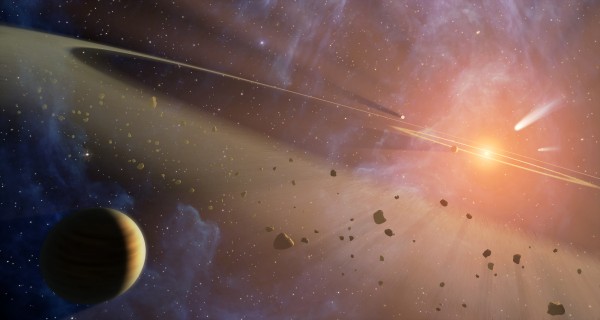
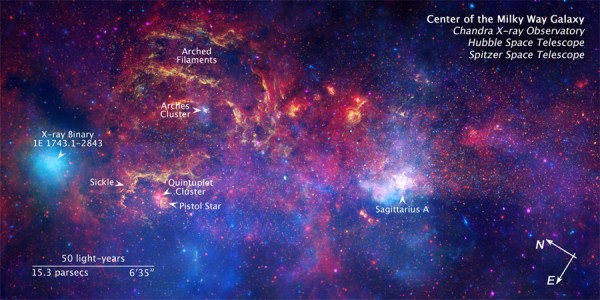
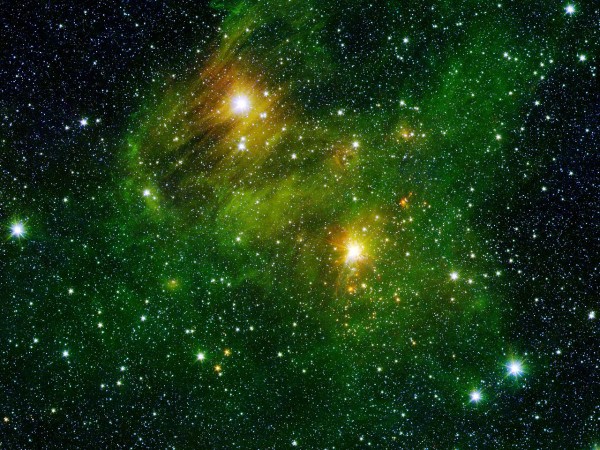
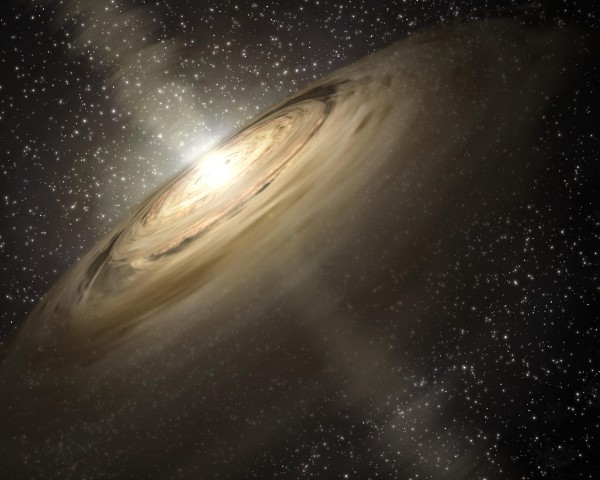

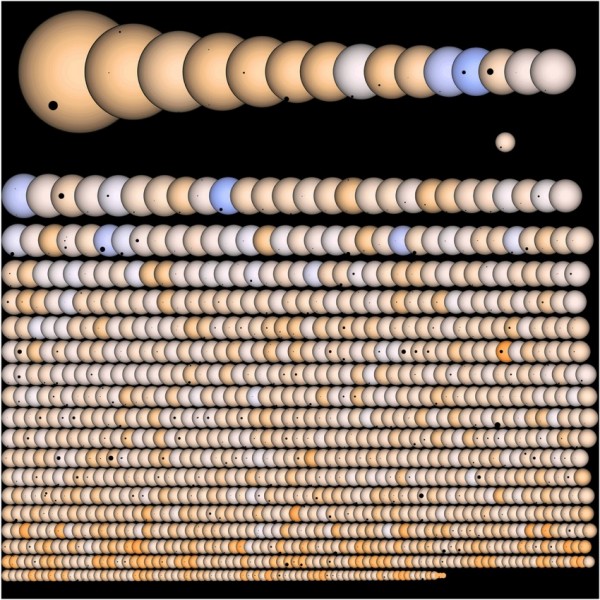
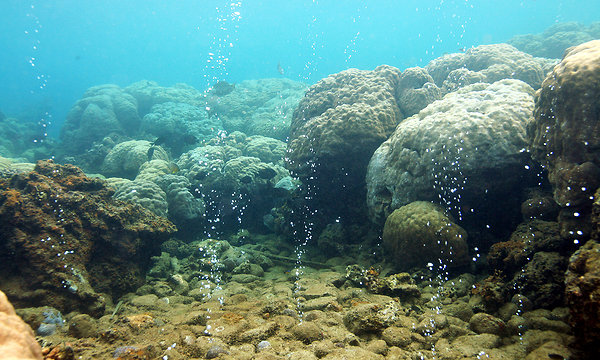
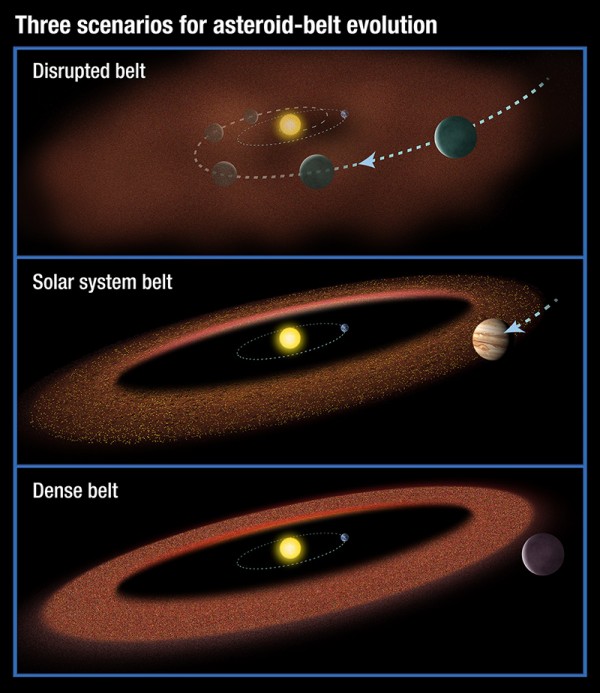

Yeah, that was pretty much my reaction to that news item.
Mine reaction too. This is what I noted over on Universe Today:
Nice prediction of persistent asteroid belts.
The rest is less likely. Other models predicts the necessary scarceness of water and carbon on inner planets naturally from disk models. That model has been tested by the recent find of Mars initially having the same amount of water in its mantle.
It is difficult to predict this same amount from an asteroid belt hammering Earth and Mars differentially due to the different distances and planetary sizes.
And generally there is way too much of water and carbon in ordinary asteroids (~ 10 % average in the most common carbonaceous chondrites) for a planet with land and oceans and rocks (~ 0.05 % for Earth). A terrestrial outside the snow line could instead have a 100s of km thick ocean with correspondingly thick diamond shell that would cap the metal minerals that life would need.
And no plausible amount of asteroids impact rates can sterilize a planet with prokaryote life on it, according to Mojzsis et al models. At least with an asteroid belt from our density and an unknown density upwards. Mars sized planetesimals of original disk impactors suffice to sterilize yes (e.g. the Earth-Moon impactor), later asteroids after planet accretion has finished no.
Mainly, Jupiter seems to gain us more asteroids and low velocity (IIRC) comets than it protects us from. So it is a nuisance.
I live in Chapel Hill, NC. Please recognize the undeniable connection between the economic and population growth in Chapel Hill on the one hand and economic and population growth globally. Chapel Hillians are human beings just like all other human beings on the planet. In Chapel Hill we consume, produce and procreate just like everyone else in the human family. Economic growth and population growth are not evenly distributed. On the surface of the Earth, I see three worlds. An overdeveloped world, of which Chapel Hill is a tiny part, is one world. The overdeveloped world includes generally Canada, the USA, Western Europe, Australia and Japan. Next comes the developing world: China, Russia, Brazil, India and Eastern Europe. The remaining countries, mostly in Africa, South America and scattered elsewhere comprise the underdeveloped world. Population growth is greatest in the developing and underdeveloped; whereas, economic growth is greatest (and has been for many generations) in the overdeveloped world. Pollution is least in the underdeveloped and greatest in the developing world now. But viewed from an historical perspective, it is the overdeveloped that has produced much more pollution than the developing and underdeveloped worlds have ever or likely will ever produce.
When taken together, the population growth activities and the economic growth activities of all three ‘worlds’ can be seen as so colossal in scale and so rapid in rate of increase, that a planet of the size, composition and ecology cannot much longer, much less forever, sustain what the human species is doing worldwide. Outrageous per capita overconsumption and individual hoarding of limited resources, relentless increase in overproduction capabilities of corporate enterprise, and unbridled growth of absolute global human population numbers that are occurring synergistically the world over appear to be reaching the point of becoming patently unsustainable, as I see things. Every person on the planet is implicated in this wicked situation. The human community is presenting a human-driven predicament to itself. Until more of us learn to “think globally and act locally”, the gigantic and complex predicament looming ominously before all of us will grow larger day by day, and more difficult to address and overcome, I suppose.
Ethan,
I would like to use one or more of the pictures you have online in helping readers of my book to visualize relativity formed from quantum causality, and the building of universes; i.e. "Building Universes" by James Dunn.
I of course would footnote and cite your website or other provided bibliographic entry as you see fit.
James Dunn
@Steven Earl Salmony:
1. What, then, is your idea of a "sustainable" world? What could one do and what could one not do in it? What could we (humanity) do and not do in it? I.e. how would that differ from now?
2. And if "every person" is implicated, then what can/should/must an individual person do to meet their burden of responsibility?
One where resources are not depleted beyond their replenishment rate.
You know, a use of resource that is SUSTAINABLE.
If this word causes you problems, go read a dictionary.